In August of this year, Australia’s population hit a milestone of 25 million people. By 2036 the NSW Government projects the population to grow by another 6.42 million. Along with growing life in NSW, there is an increasing number of deaths and burial space is going fast.
There are 31 established cemeteries in NSW that are feeling the weight of a growing population. In 2016 there were 50,000 deaths in NSW. Fifty per cent were in the Sydney metropolitan area. With little space in already existing cemeteries, the NSW Government passed legislation for cemeteries to dig up burials after twenty-five years to make way for a new burial.
However, there is one cemetery that has stood the test of time: the Camperdown Cemetery, surrounded by Sydney’s mecca of nightlife, hipster fashion and vegan eats.
Opened in 1848, the cemetery closed for burials in 1867. Over the eighteen years it was open, it became the resting place for over 18,000 people. It was the primary burial ground for the Church of England and spread over 13 acres. At the entrance of the cemetery, there is still the cemetery lodge and fig tree that dates back to when it first opened.
Still standing at the entrance of the cemetery is the St Stephen’s Church. Opened in 1874 and built by Australian architect Edmund Blacket. As with his other designs – the University of Sydney and St. Andrew’s Cathedral – the church is a celebration of Blacket’s signature Gothic Revival style.
The church is still home to the 1,100 piped Walker organ and 12 hemispherical bells. The organ was designed to fit into a specific case Blacket designed, made in London and brought to Sydney in 1874.
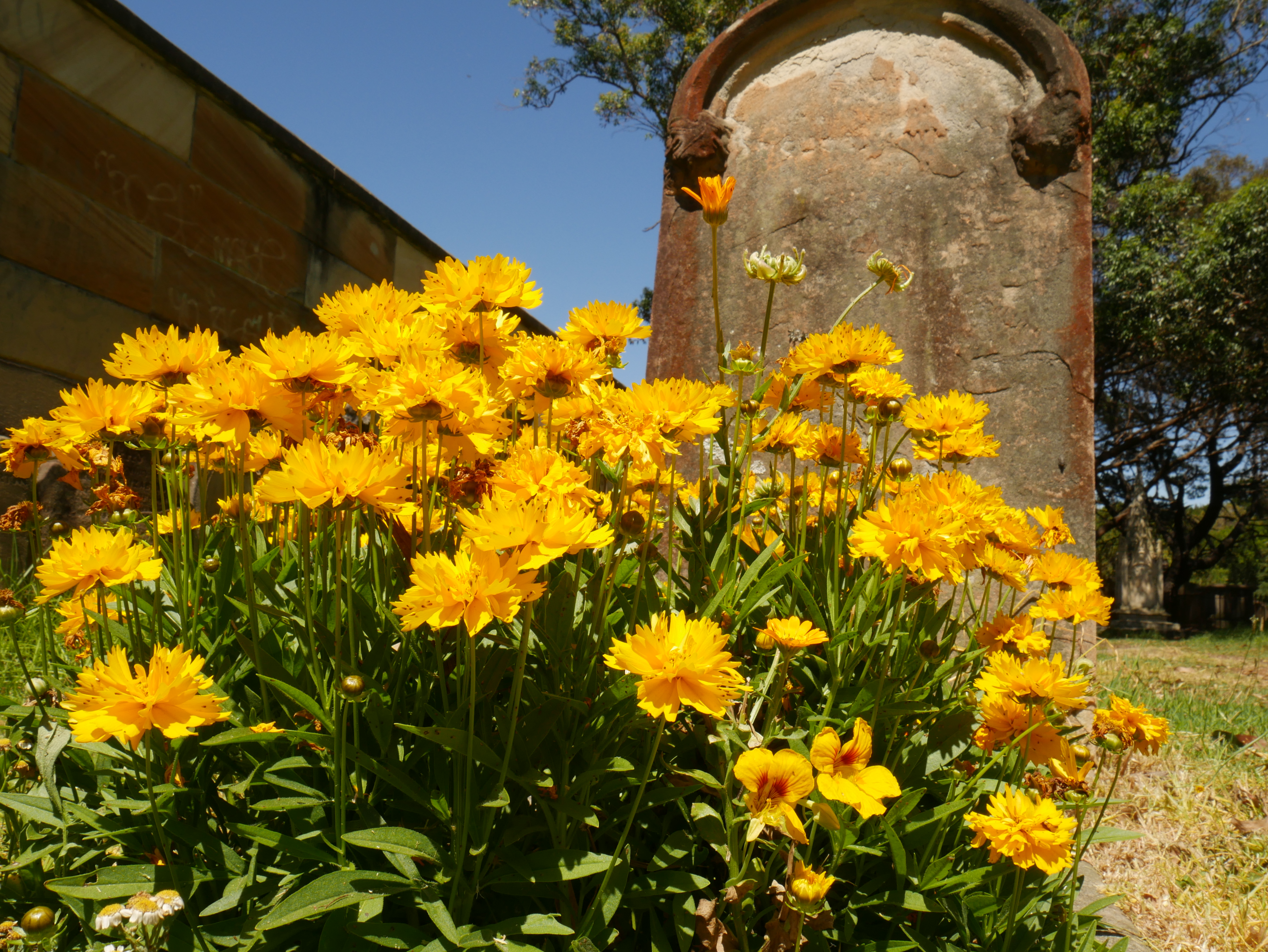

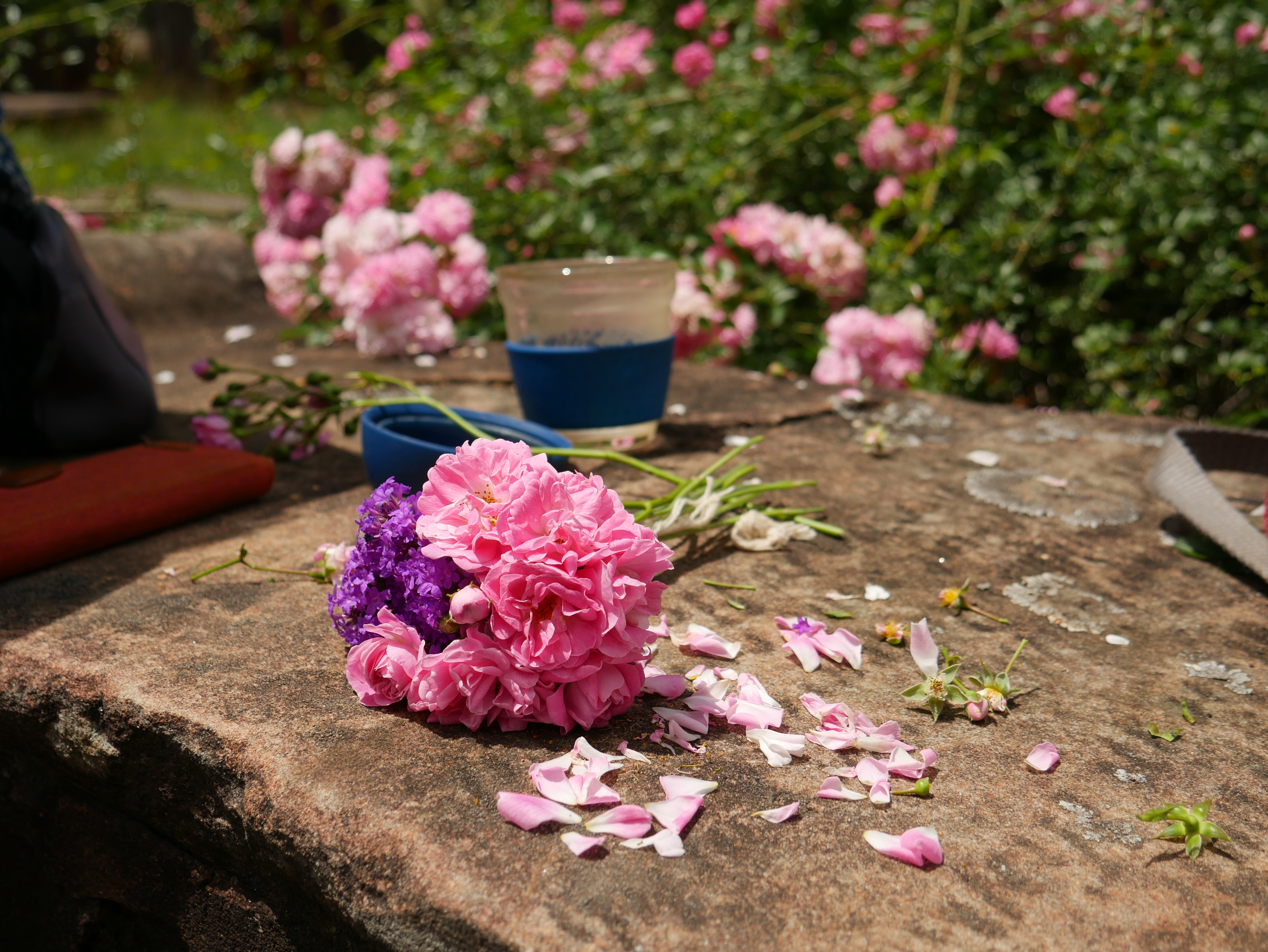
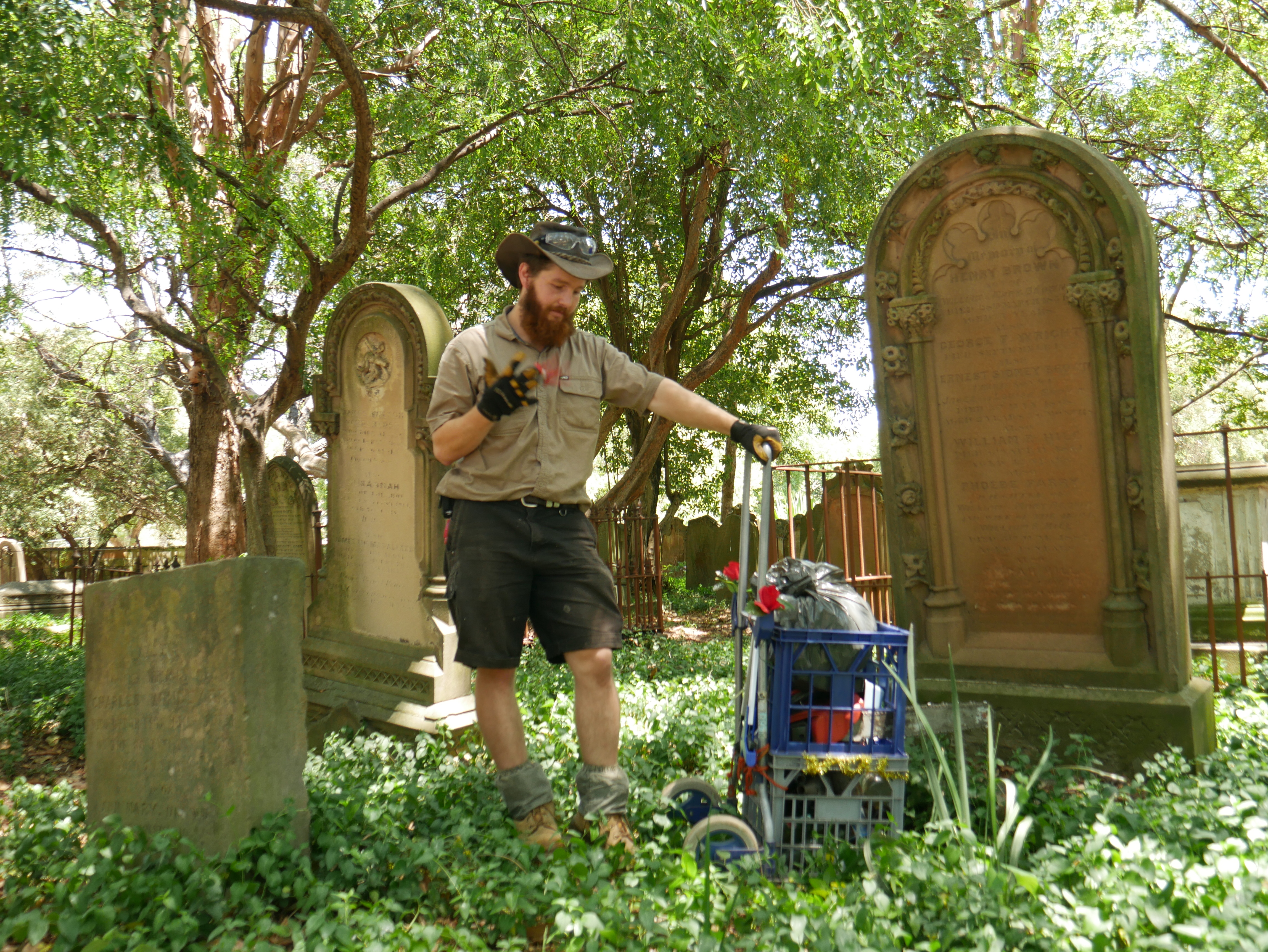
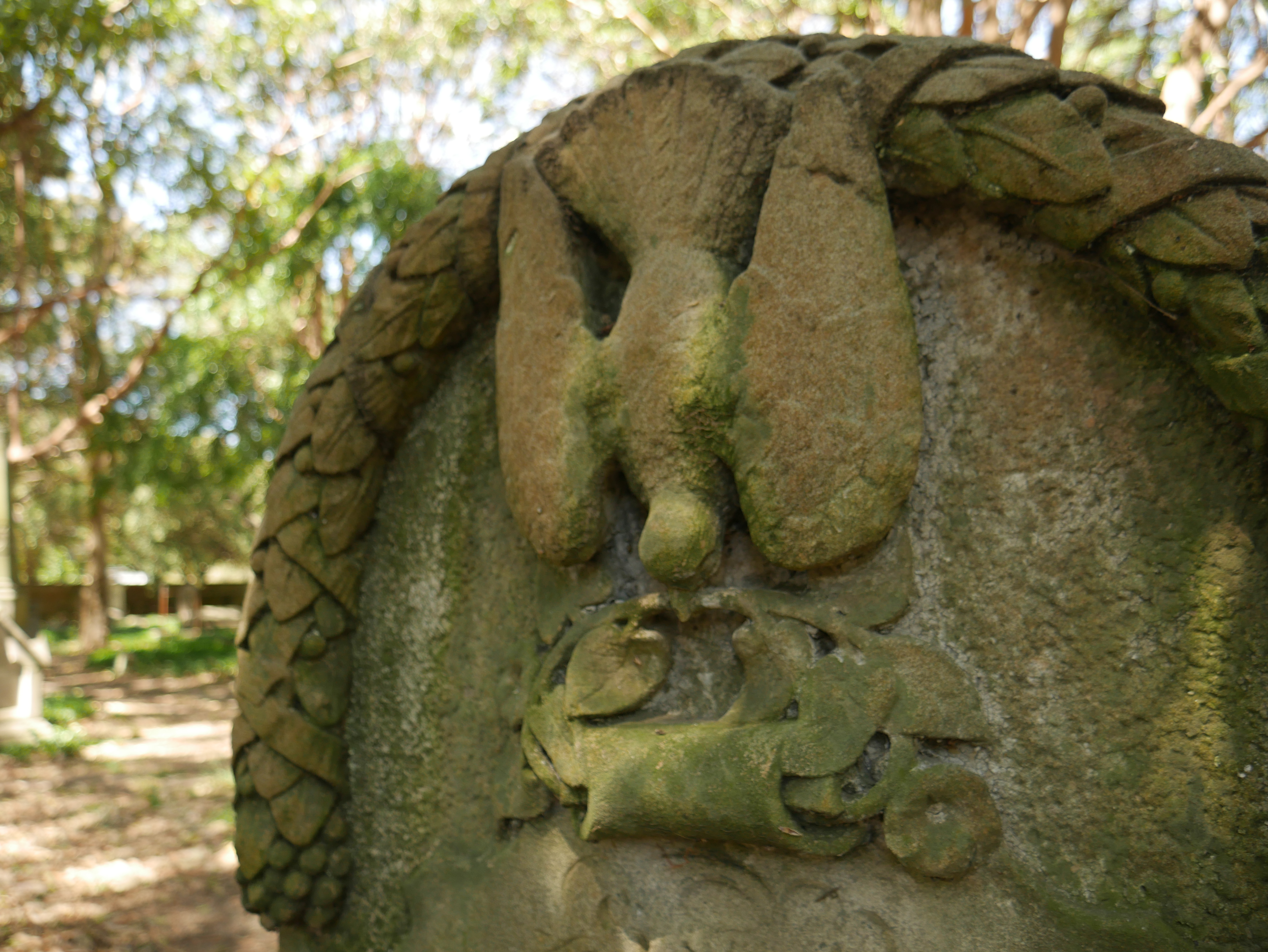


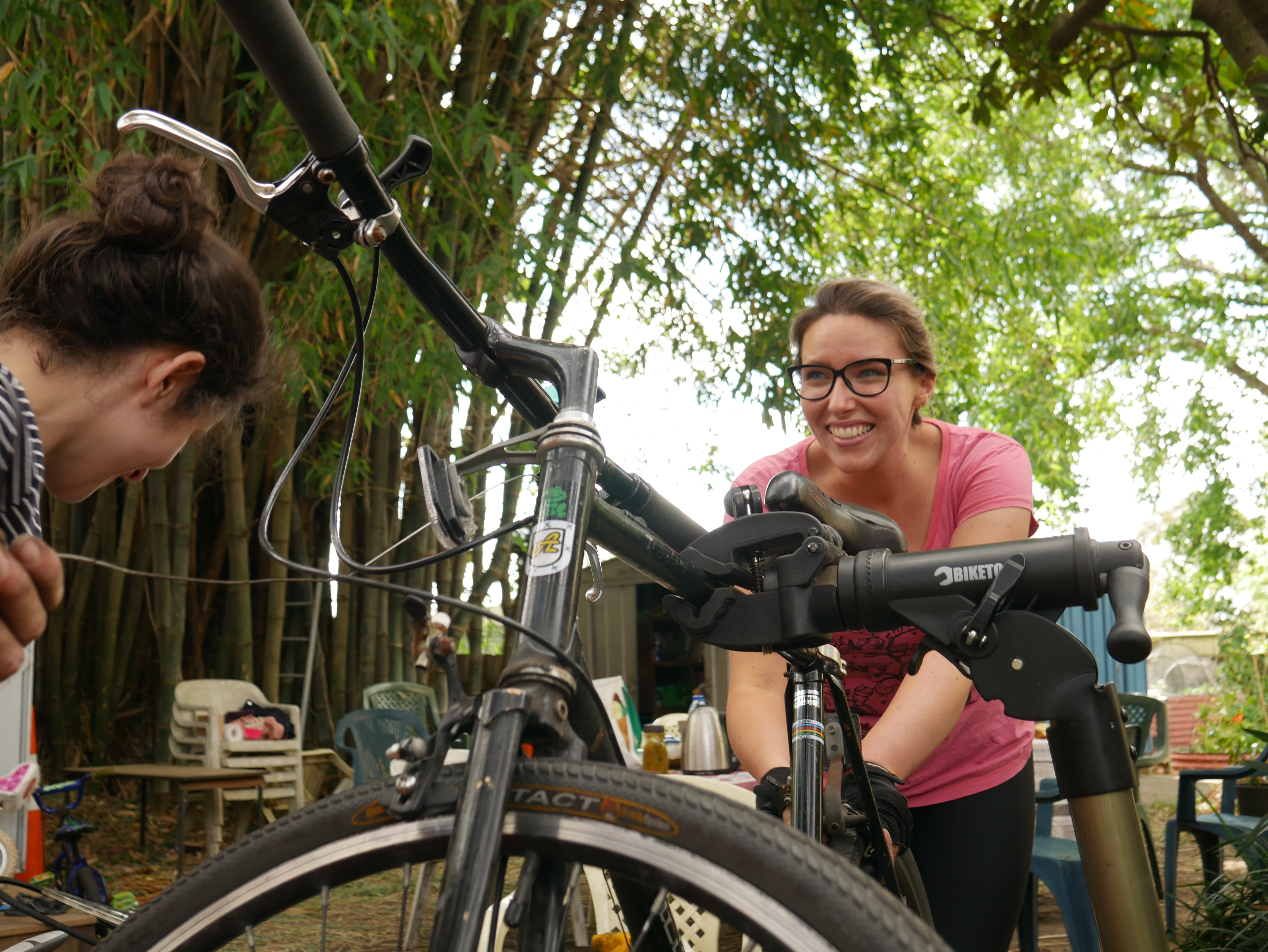
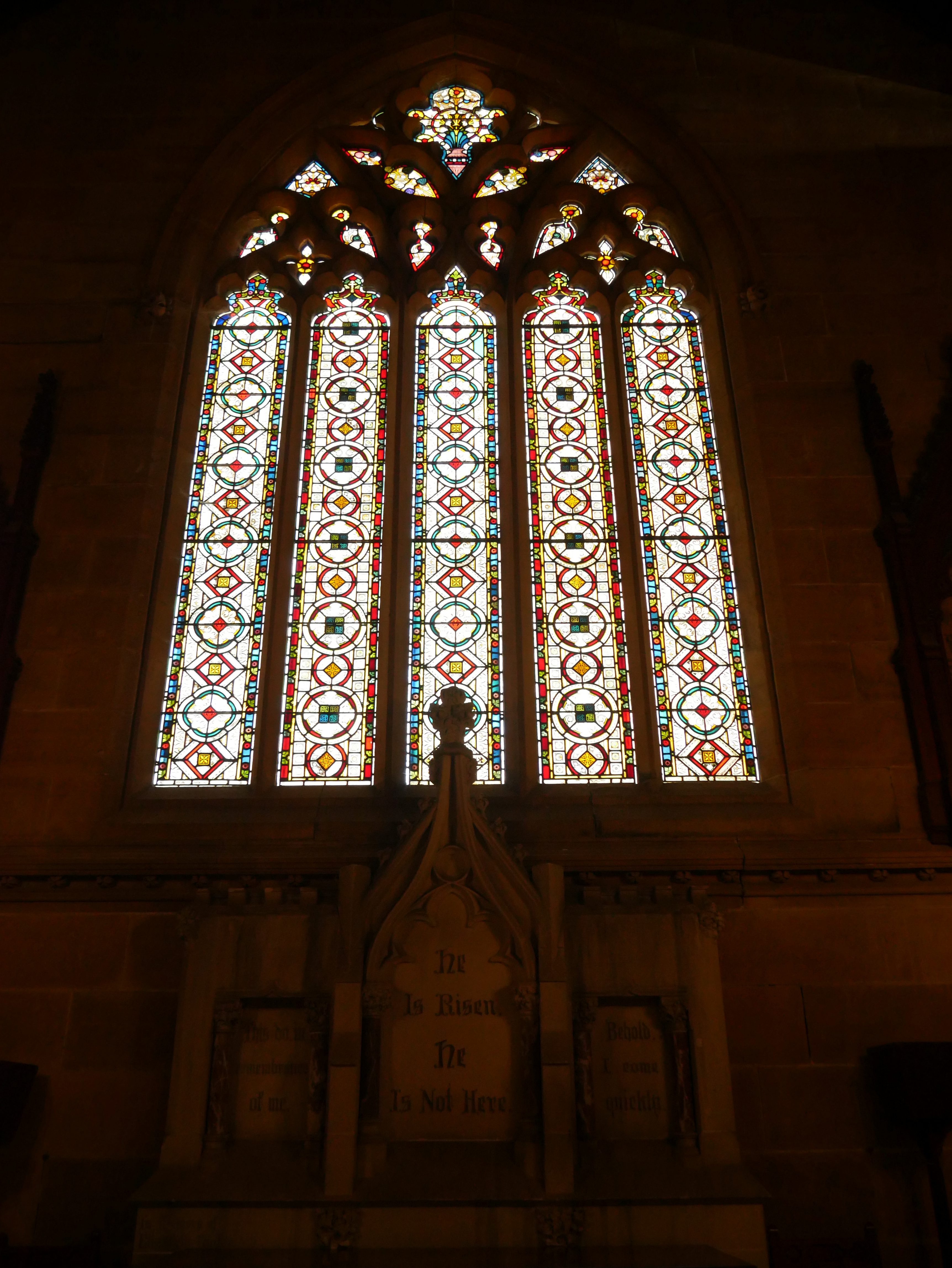
After complaints about its neglected state, Camperdown Cemetery was converted to a public park in 1951. Gravestones north of St Stephen’s were removed and a large wall was built to enclose the church grounds and the remaining grave sites.
Camperdown Cemetery started its life as the final resting place for many souls. But there are no ghosts, no cobwebs and no dark and stormy nights there.
The cemetery is now a community refuge from the hub of King Street. From dog walkers at 7pm to an organ player at 8am, to a groundskeeper who runs a bike shed on the weekend, Camperdown cemetery has never had more life than it does now.
Edited by Denby Weller.


